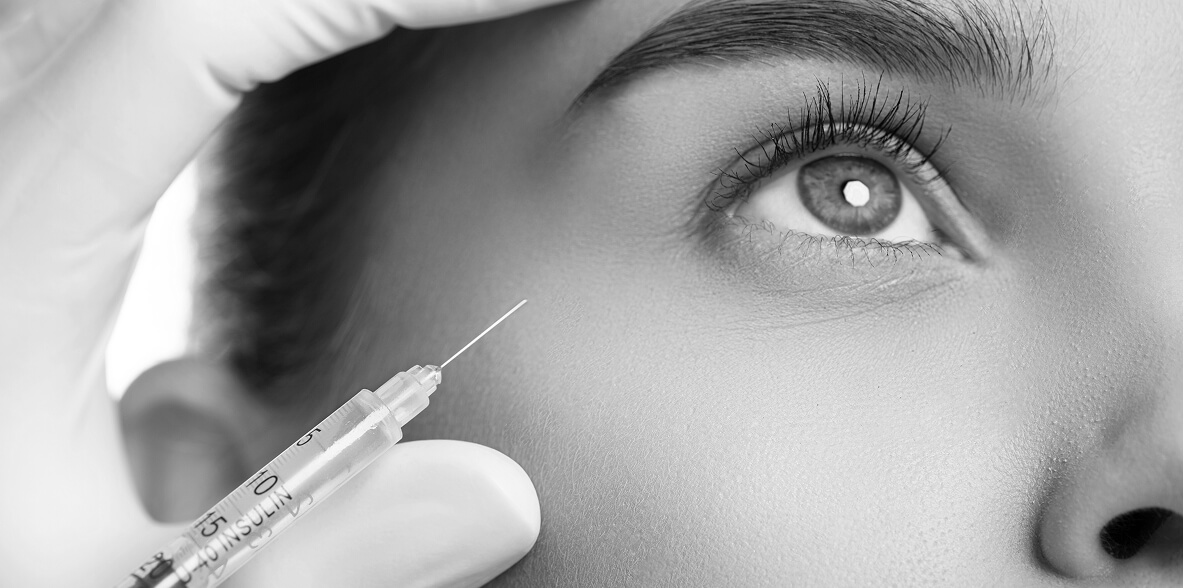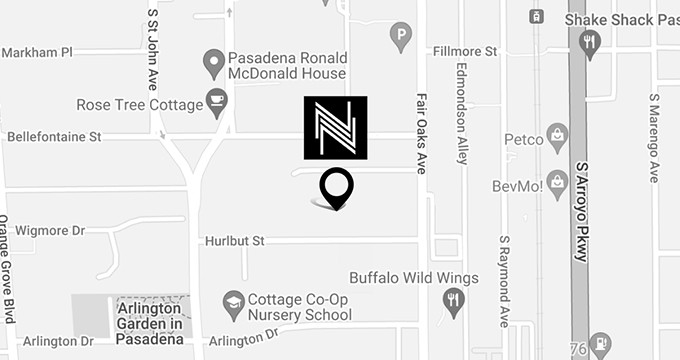
Botox is often hailed as the go-to solution for achieving a more youthful, rejuvenated appearance without the need for invasive surgery. But one of the most common questions patients have is, “How long does Botox last?” While the effects of Botox can vary from person to person, understanding the factors that influence its longevity is key to maintaining the smooth, wrinkle-free look you desire. In this article, we’ll not only answer the question of Botox’s duration but also reveal some lesser-known insights into how lifestyle, treatment technique, and maintenance can all play a role in extending your results. By delving into these factors, you can make the most of your Botox treatments and enjoy lasting, natural-looking results.
What is Botox?
Botox is a purified neurotoxin derived from Clostridium botulinum, a bacterium that temporarily relaxes muscles by blocking nerve signals. While commonly used for cosmetic purposes, Botox’s versatility extends to medical treatments for conditions like chronic migraines and excessive sweating. Its ability to smooth out dynamic wrinkles—those caused by repeated facial expressions—makes it a popular non-invasive treatment for reducing fine lines around the eyes, forehead, and mouth. Botox is also known for its precision in targeting specific muscles, ensuring a more natural and subtle outcome compared to other treatments. Many people opt for Botox as an alternative to invasive procedures like facelifts, appreciating the minimal downtime and quick recovery.
How Long Does Botox Last?
The results of Botox typically last between three to six months, but the duration can vary depending on several factors. While some patients enjoy longer-lasting effects, others may notice their results beginning to fade sooner. Generally, Botox’s impact diminishes as the body metabolizes the neurotoxin over time, leading to muscle activity gradually returning. For first-time users, results might not last as long as experienced Botox recipients, as their muscles may still respond strongly to the treatment. Additionally, the area treated can influence Botox longevity; for instance, larger muscles, like those in the forehead, may require more frequent touch-ups compared to smaller areas around the eyes. Lifestyle factors like stress, diet, exercise, and skin elasticity can also play a role in how quickly the effects wear off.
Factors Affecting Botox Duration
- Frequency of Botox Treatments: Regular Botox users often experience longer-lasting results over time. This is because consistent treatments help to retrain the targeted muscles, making them more responsive to Botox and potentially prolonging the effects. New users may see their results fade more quickly as their muscles haven’t been conditioned to the neurotoxin yet.
- Metabolism Rate: The speed at which your body breaks down and metabolizes Botox can significantly impact its duration. Individuals with a faster metabolism may find that Botox wears off sooner, while those with a slower metabolic rate might enjoy prolonged effects. Age, genetics, and lifestyle factors like diet and exercise can all influence metabolism.
- Injection Site: Different facial areas can react differently to Botox. Larger muscle groups, such as those in the forehead or jaw, tend to require more frequent treatments. Smaller, more delicate areas, such as crow’s feet, may retain Botox effects longer due to less frequent muscle movement.
- Dosage and Technique: The dosage of Botox injected and the precision with which it is administered can influence how long it lasts. Under-injection or inaccurate placement may result in a less durable effect. On the other hand, an experienced injector can enhance longevity by targeting the muscles more precisely.
- Lifestyle Factors: Stress levels, diet, physical activity, and alcohol consumption can all affect how Botox lasts. For example, intense physical activity or excessive sun exposure may cause the Botox to break down faster, while proper hydration and skincare can help to extend its duration.
- Age and Skin Elasticity: As we age, our skin loses elasticity, and the muscles beneath can become weaker. This change can cause Botox to last for shorter periods in older individuals compared to younger patients with firmer, more elastic skin.
First-Time Botox Results vs. Experienced Users
For first-time Botox users, the results may last slightly shorter than for those who have had repeat treatments. This is because the muscles in the face are still adjusting to the neurotoxin. Initially, Botox may take longer to settle in, and the effects might not be as dramatic compared to experienced users who have had regular treatments, where the muscles are more conditioned to the Botox.
Experienced Botox users often enjoy longer-lasting results because their facial muscles have learned to relax over time, reducing the frequency of wrinkles. Additionally, some patients may see better and more immediate results as their facial muscles become accustomed to the neurotoxin’s effects. The maintenance of the treatment ensures that the muscles stay atrophied, which can make future Botox sessions more effective.
Ultimately, first-time users should expect their Botox results to last around 3 to 4 months, while experienced patients may enjoy results that can extend closer to 4-6 months.
Tips to Extend Botox Results
- Hydrate Well: Staying hydrated helps maintain the health of your skin and muscles, supporting the longevity of Botox. Dry, dehydrated skin can exacerbate wrinkles and fine lines, causing Botox to break down faster. Drinking plenty of water can help keep your skin plump and refreshed.
- Use Sunscreen Daily: Protecting your skin from UV damage is critical for extending Botox effects. Sun exposure accelerates skin aging, which may cause Botox to wear off more quickly. Regular use of broad-spectrum sunscreen, even on cloudy days, helps maintain skin health and prolongs the results.
- Avoid Touching Your Face: Refraining from massaging or applying pressure to the treated areas is crucial after a Botox session. Manipulating the injection site too much can cause Botox to migrate, reducing its effectiveness.
- Follow Aftercare Instructions: Adhering to post-treatment guidelines, like avoiding strenuous exercise for 24 hours, can prevent the Botox from dispersing prematurely and ensure optimal results.
- Consider Touch-ups: Scheduling a Botox touch-up before the effects completely wear off can help maintain consistent results. For many patients, getting a minor touch-up halfway through the cycle can keep wrinkles at bay longer.
Botox Aftercare for Longer Effects
To maximize Botox’s effectiveness, following proper aftercare is essential. After the treatment, avoid lying down or massaging the treated area for at least four hours to prevent the Botox from migrating to unintended muscles. Staying upright helps ensure the Botox settles precisely in the targeted areas. Additionally, refrain from strenuous exercise for 24 hours, as excessive sweating or increased blood flow could decrease the longevity of the treatment. Incorporating a gentle skincare routine that avoids aggressive products can also help maintain results without irritating the treated skin. Proper hydration and sun protection play crucial roles in prolonging Botox’s effects.
Final Thoughts
Botox offers a safe and effective solution for reducing wrinkles and fine lines, with results that can last several months depending on various factors. By understanding the duration and following proper aftercare, you can enjoy longer-lasting effects and maintain your youthful appearance. Whether you’re a first-time user or an experienced Botox client, the key to lasting results lies in choosing the right approach and care. Ready to enhance your look with Botox? Visit Dr. Nima Plastic Surgery in Beverly Hills or call (626) 696-8181 to schedule your appointment today!


